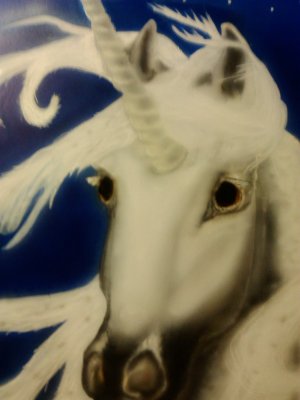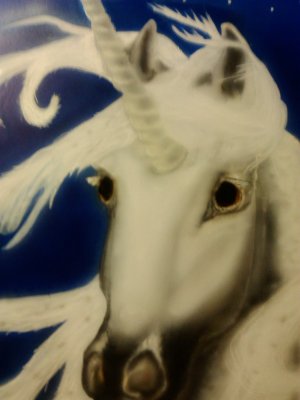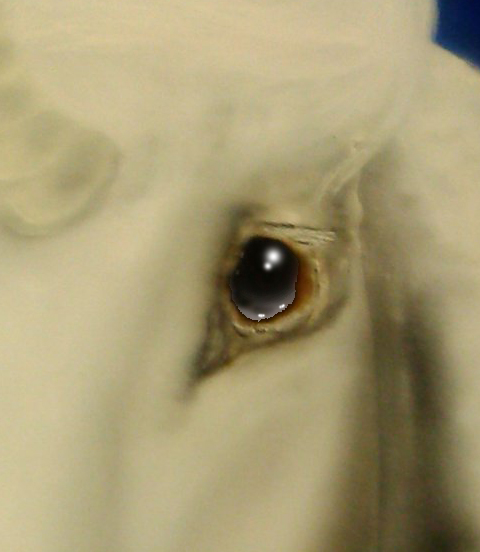splasha
Detail Decepticon!
Hi, All.
As most of you are aware, I'm attempting to do a rather large-ish Unicorn pic as a gift for my other half.
I find I'm having difficulty in creating the glassy, wet effect on the eyes.
I have laid down the iris and pupil area, in dak brown an black, but wish to have some reflection on his right hand side because that's where my light is from.
Any suggestions gratefully recieved.
Thanks,
Splasha
As most of you are aware, I'm attempting to do a rather large-ish Unicorn pic as a gift for my other half.
I find I'm having difficulty in creating the glassy, wet effect on the eyes.
I have laid down the iris and pupil area, in dak brown an black, but wish to have some reflection on his right hand side because that's where my light is from.
Any suggestions gratefully recieved.
Thanks,
Splasha




